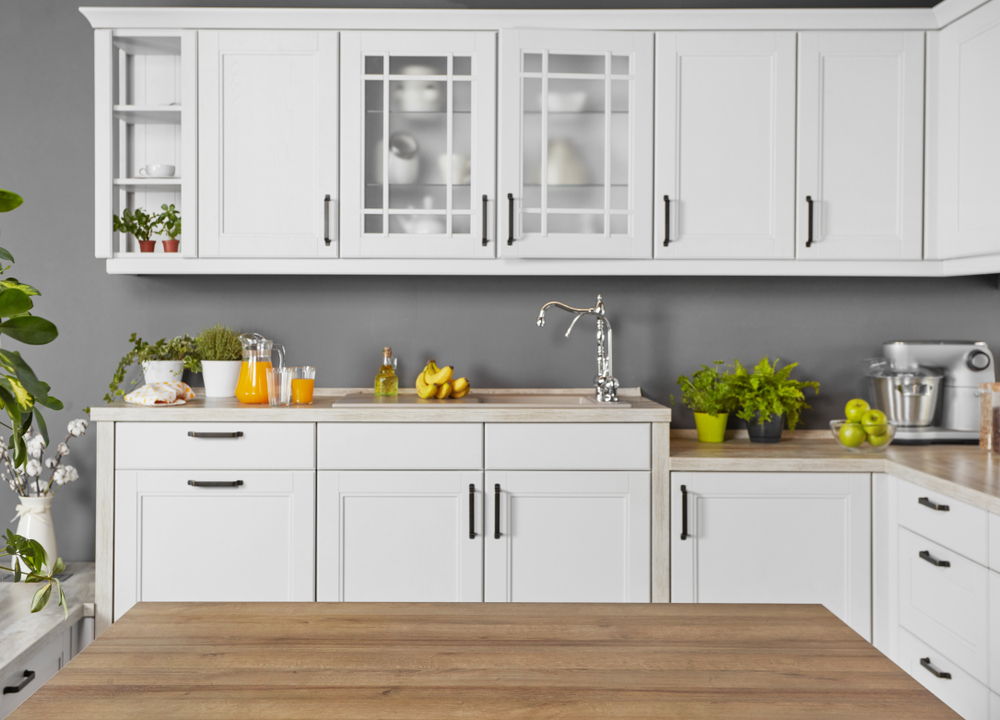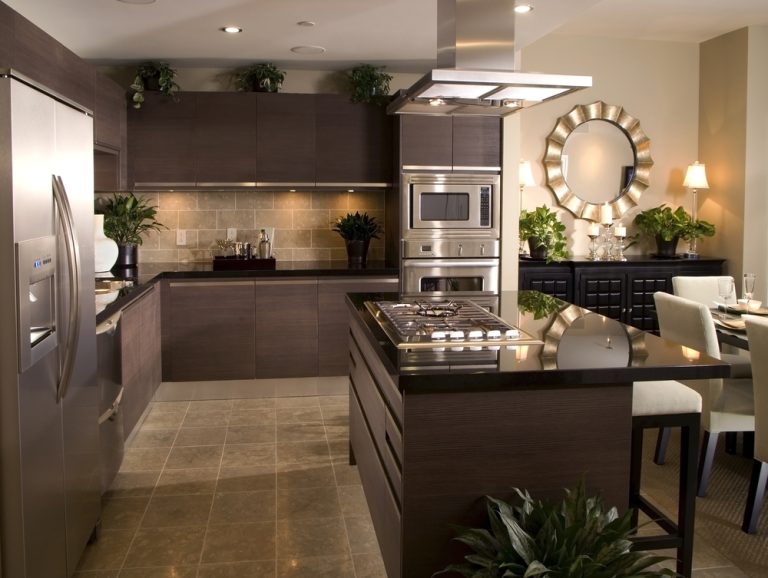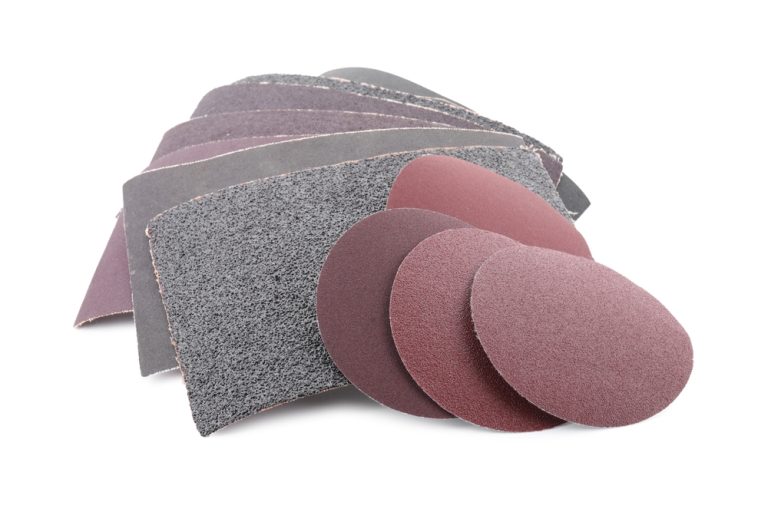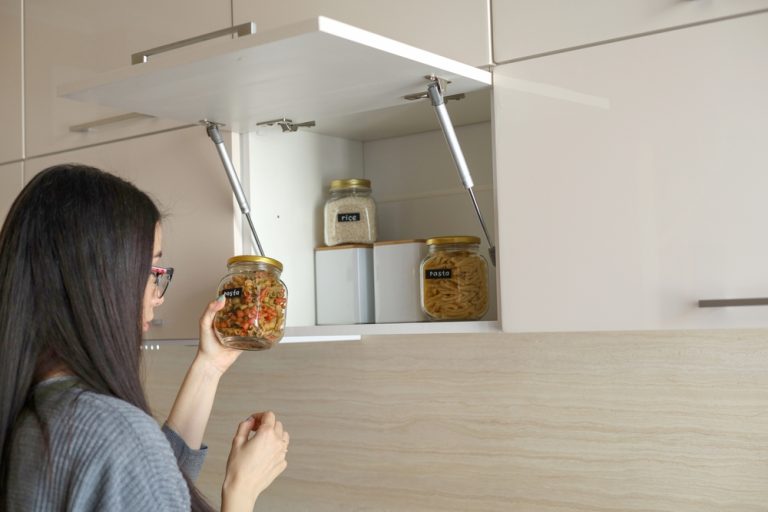Where to Mount Handles on Kitchen Cabinets?

When it comes to kitchen design, the small details can make a big impact, and one of those crucial details is where to mount handles on kitchen cabinets. The placement of handles (or pulls) may seem like a minor decision, but it affects both the functionality and aesthetic appeal of your kitchen. With various styles, sizes, and configurations available, getting the handle placement just right can enhance the overall look of your cabinets while making them easy to use.
In this blog, we’ll explore the best practices for mounting handles on kitchen cabinets, taking into consideration different types of cabinets, design styles, and user preferences.
Understanding the Basics of Handle Placement
Before diving into specific placement options, it’s important to understand the basic principles of handle placement. Handles and knobs are not just decorative—they’re functional components that should make accessing your cabinets and drawers as convenient as possible.
Common Guidelines
- Consistency is Key: Maintaining consistent placement of handles throughout your kitchen helps create a cohesive look. Whether you’re working with upper cabinets, lower cabinets, or drawers, aligning the handles similarly across the board will give your kitchen a unified appearance.
- Functionality: The primary purpose of handles is to allow easy access to your cabinets and drawers. The placement should be ergonomic, making it comfortable to open doors and drawers without strain.
Now, let’s explore where to mount handles based on different types of cabinets and drawers.
Handles on Upper Cabinets
For upper cabinets, the handles are usually mounted on the lower corner of the door, making them easy to reach. The specific placement can vary depending on the style of your cabinets and the look you’re going for.
Standard Placement
- Bottom Corner: The most common placement for handles on upper cabinets is at the bottom corner, either 2-4 inches from the bottom and 2-4 inches from the side of the cabinet door. This location makes it easy to grab and pull open the door without reaching too high.
- Horizontal Placement: Some homeowners prefer to install handles horizontally, centered on the width of the door. This modern look is popular in contemporary kitchens and can add a sleek, streamlined appearance.
Design Considerations
- Cabinet Style: For traditional or classic kitchen designs, handles are often placed vertically near the corner of the door. In contrast, modern kitchens may feature horizontally mounted handles or even minimalist knobs.
- Cabinet Size: For larger upper cabinets, you may want to place the handle slightly higher on the door to maintain balance and proportionality.
Handles on Lower Cabinets
Lower cabinets typically have handles mounted at the upper corners of the door. This placement is both practical and aesthetically pleasing, ensuring that the handles are within easy reach when you’re standing.
Standard Placement
- Top Corner: The most common placement for handles on lower cabinets is in the top corner, typically 2-4 inches from the top and side of the door. This allows for easy access without having to bend down too far.
- Centered Placement: In some kitchens, particularly those with a modern design, handles are mounted horizontally in the center of the cabinet door. This placement creates a unique look and is often used in kitchens with flat-front cabinets.
Design Considerations
- Consistency with Upper Cabinets: To create a cohesive look, many designers recommend aligning the handle placement on lower cabinets with that of the upper cabinets. If the upper cabinets have handles in the bottom corner, the lower cabinets should have handles in the top corner.
- Ease of Use: Consider the ease of use when deciding on handle placement. Handles that are too low or too close to the edge may be harder to reach, especially if you’re working quickly in the kitchen.
Handles on Drawers
Drawer handles are typically mounted horizontally in the center of the drawer front, but the exact placement can vary depending on the size of the drawer and the design style.
Standard Placement
- Centered on the Drawer Front: For most drawers, especially smaller ones, handles are placed horizontally and centered on the drawer front. This placement ensures that the handle is easy to reach and provides balanced access to the drawer.
- Larger Drawers: For larger drawers, such as those used for pots and pans, you may want to place two handles instead of one. These should be placed equidistant from the edges of the drawer, allowing for even pressure when opening.
Design Considerations
- Drawer Size: The size of the drawer often dictates the placement and size of the handle. Larger drawers may require larger handles or even multiple handles to ensure ease of use.
- Style of Handle: Some kitchen designs incorporate long bar pulls that stretch almost the entire width of the drawer. This is a modern look that can add a sense of luxury to the kitchen.
Specialty Cabinets and Unique Configurations
Some kitchens feature specialty cabinets, such as corner cabinets, pull-out pantries, or appliance garages. These cabinets may require unique handle placements to accommodate their specific functions.
Corner Cabinets
- Diagonal Placement: For cabinets with diagonal doors, consider placing the handle diagonally in the center of the door. This placement aligns with the door’s shape and allows for easy access.
- Offset Placement: Alternatively, you can place the handle near the edge, similar to standard cabinet doors, but adjust the angle to fit the diagonal design.
Pull-Out Pantries
- Vertical Placement: For pull-out pantry doors, handles are often placed vertically along the edge of the door, allowing for a firm grip when pulling out the pantry.
Appliance Garages
- Hidden Handles: In appliance garages or other specialty cabinets where a clean look is desired, consider using hidden handles or touch latches that eliminate the need for visible hardware.
Tips for Installing Handles
When installing handles on your kitchen cabinets, precision is key. Even a slight misalignment can throw off the entire look of your kitchen. Here are some tips to ensure a successful installation:
- Use a Template: Templates or jigs are available to help you accurately mark the placement of your handles. These tools ensure that each handle is installed at the same height and distance from the edge.
- Measure Twice: Always double-check your measurements before drilling. Ensuring consistency in handle placement is crucial for a professional-looking finish.
- Test Placement: Before drilling, use painter’s tape to temporarily attach handles in different positions. This allows you to see how they look and feel before making a final decision.
Conclusion
The placement of handles on your kitchen cabinets is a detail that can greatly influence both the functionality and aesthetic appeal of your kitchen. By carefully considering the style of your cabinets, the design of your kitchen, and the ergonomics of handle placement, you can achieve a cohesive and practical design.
Whether you’re going for a traditional look with handles in the corners, or a modern design with horizontal pulls, the key is to ensure that the handles are easy to use and aligned consistently across your kitchen. With thoughtful planning and precise installation, your kitchen cabinets will not only look great but also function smoothly for years to come.






